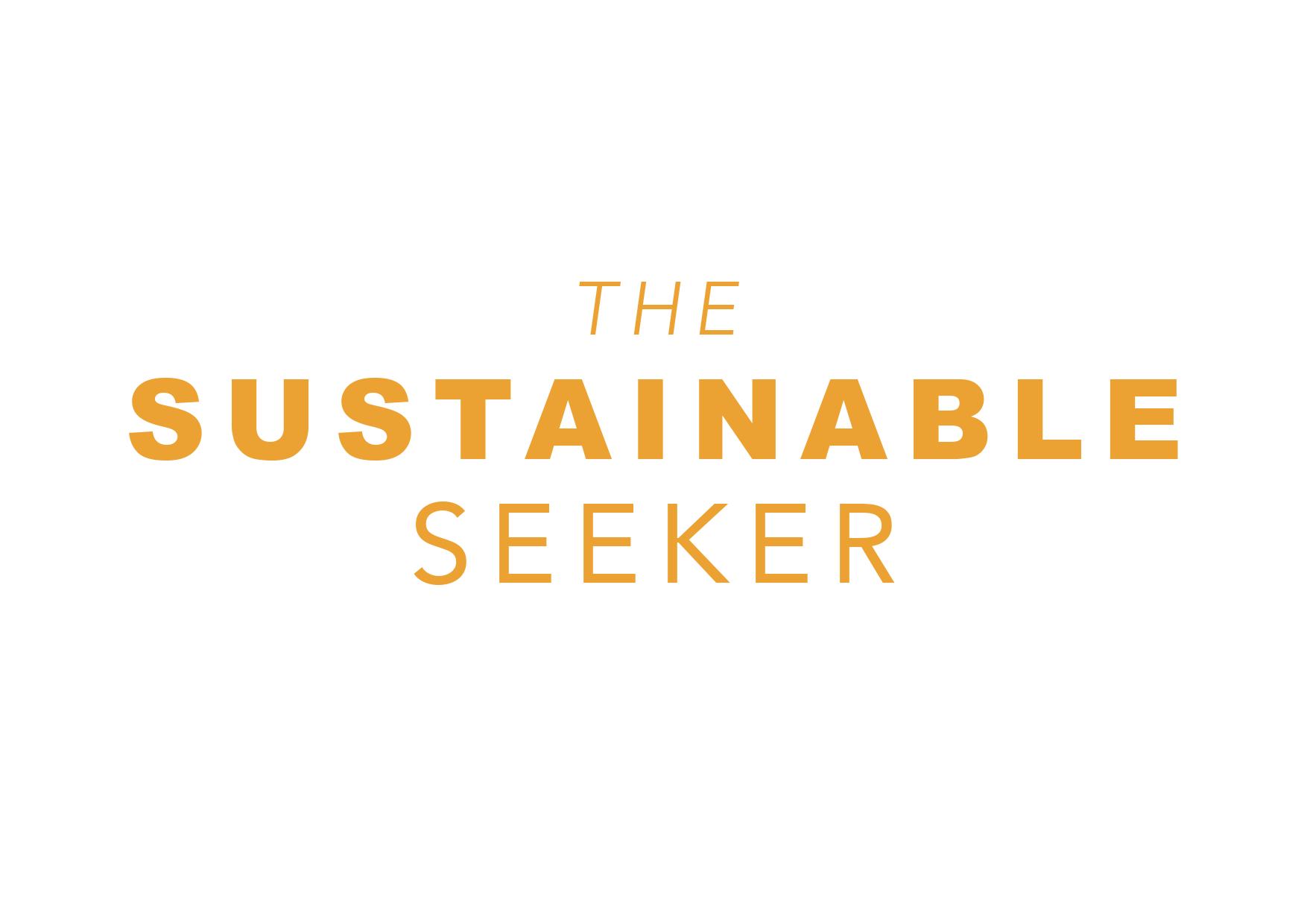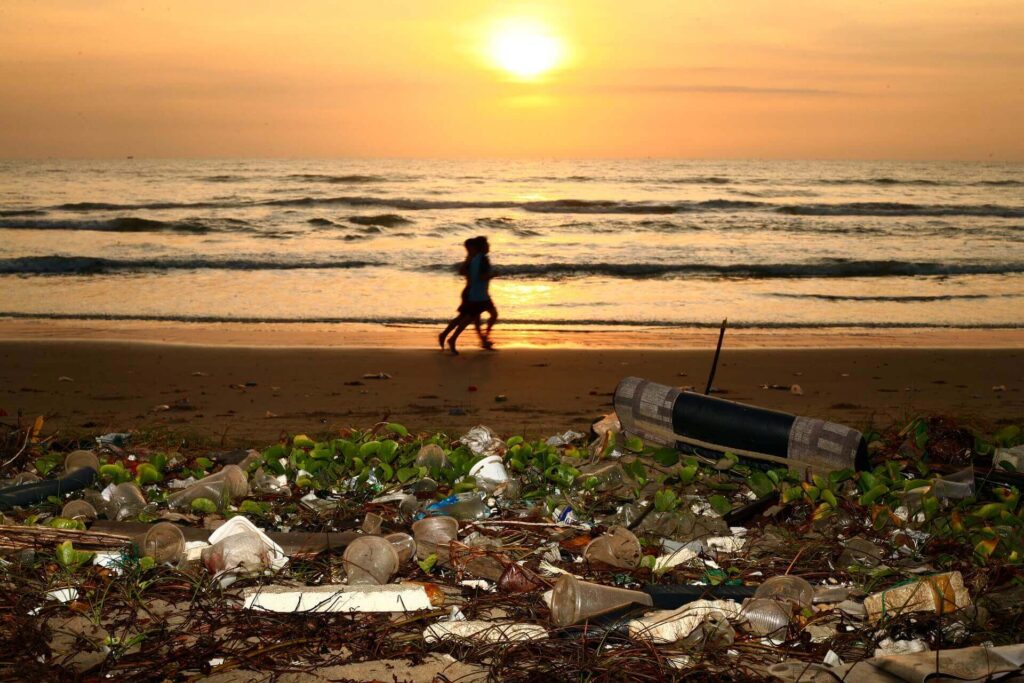
How To Become A Zero Waste Food Storage Guru – The Comprehensive Guide
If you are concerned about the environment and wish to heal this planet (as cliche as it sounds), then you need to start thinking about zero waste food storage.
Yearly, up to 12.7 million tonnes of plastic enters our oceans through various channels. Majority of it is single-use plastic bags, food wrappers, plastic bottles and plastic containers.
This is a terrible problem and it needs everyone to take action.
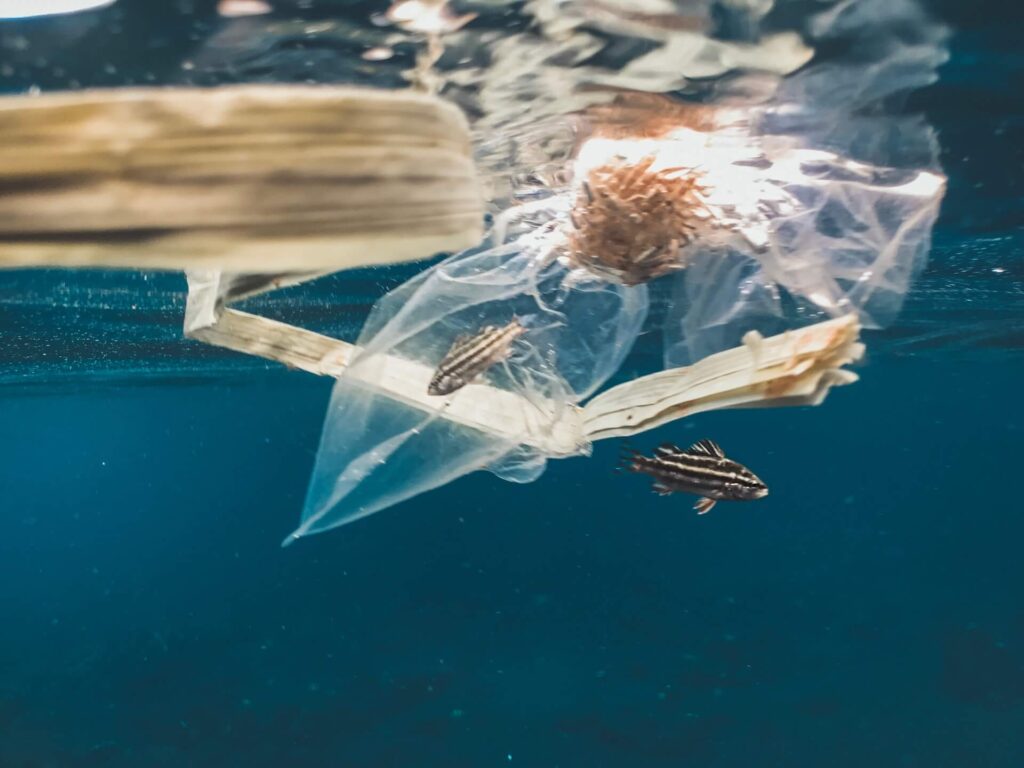
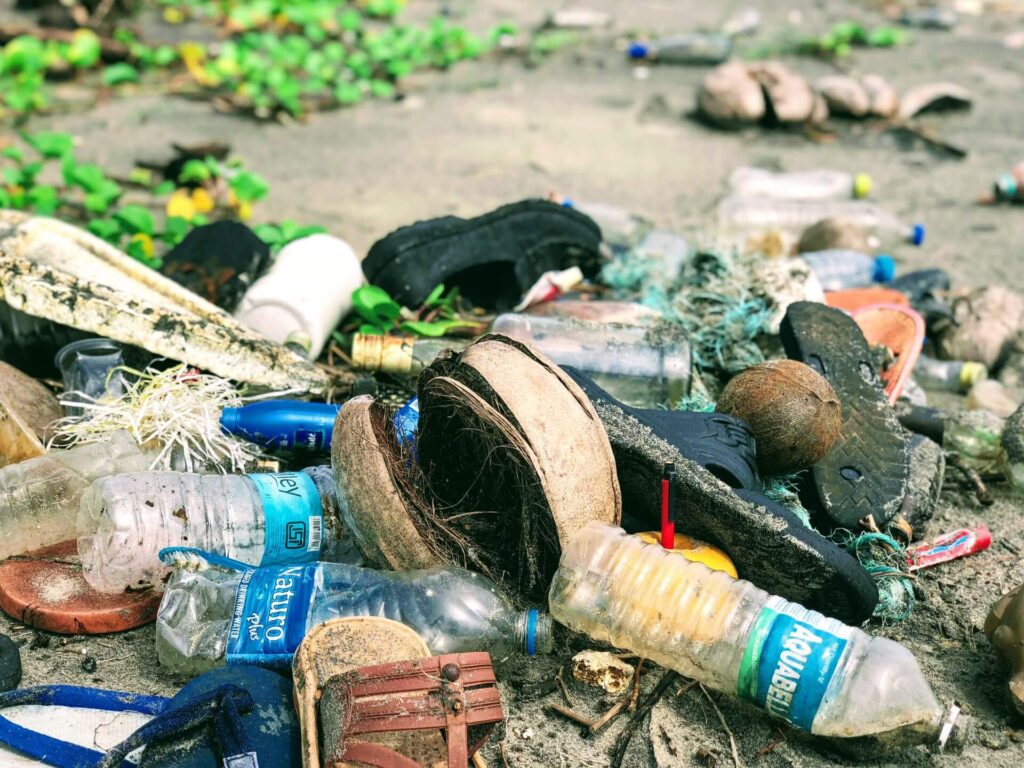
Fortunately, you are in the right place to learn how.
There are many ways that we can adopt an environmentally sustainable lifestyle, and zero waste food storage happens to be a realistic way to start.
Affiliate Link Disclosure
This article contains some affiliate links which means that I may earn a small commission when you click on them, at no additional cost to you. I do hope you find the information in this article helpful!
Related Posts
- BEST ECO FRIENDLY SLIPPERS FOR WORK FROM HOME COMFORT
- ECO FRIENDLY SANDALS- SUSTAINABLE FOOTWEAR
- BEST ECO FRIENDLY LAUNDRY DETERGENT
- ECO FRIENDLY CAT TOYS : ALL YOU NEED TO KNOW ABOUT KEEPING YOUR CATS SAFE
- BAMBOO TOILET PAPER : EVERYTHING YOU WISHED YOU KNEW
- 22 Sustainable Products In The UK To Help You Live An Eco-Friendly Life
Summary Of All The Best Zero Waste Products
- Zero Waste Food Wrap – Beeswax Food Wraps from Saffron & Serai
- Reusable Silicone Food Storage Lids from True Nature
- Glass Jars from Paksh Novelty
- Non-Stick Reusable Toaster Bag from YOOCOOL
- Reusable Food Storage Bags from Qinline
- Reusable Zero Waste Lunch Boxes from Unichart
- Reusable Zero Waste Grocery Bags from Kwiyo
- Reusable Zero Waste Straws from Hiware
- Reusable Zero Waste Coffee Tumbler from Ecoffee Cup
- Reusable Zero Waste Water Bottle from Brieftons
- Zero Waste Toothbrushes from Bamboozled
- Biodegradable Natural Kitchen Sponge from Zen Living
- Refillable and Biodegradable Dental Floss from Better & Better
- Eco-Friendly Plantable Pencils from Sprout Store
- Eco-Friendly Pencil Highlighters from Stubby Pencil Studio
- Plastic-Free Eco Pens from Agile Home and Garden
- Zero Waste Monthly and Weekly Planner from Ecoplanner
What Is Zero Waste Food Storage?
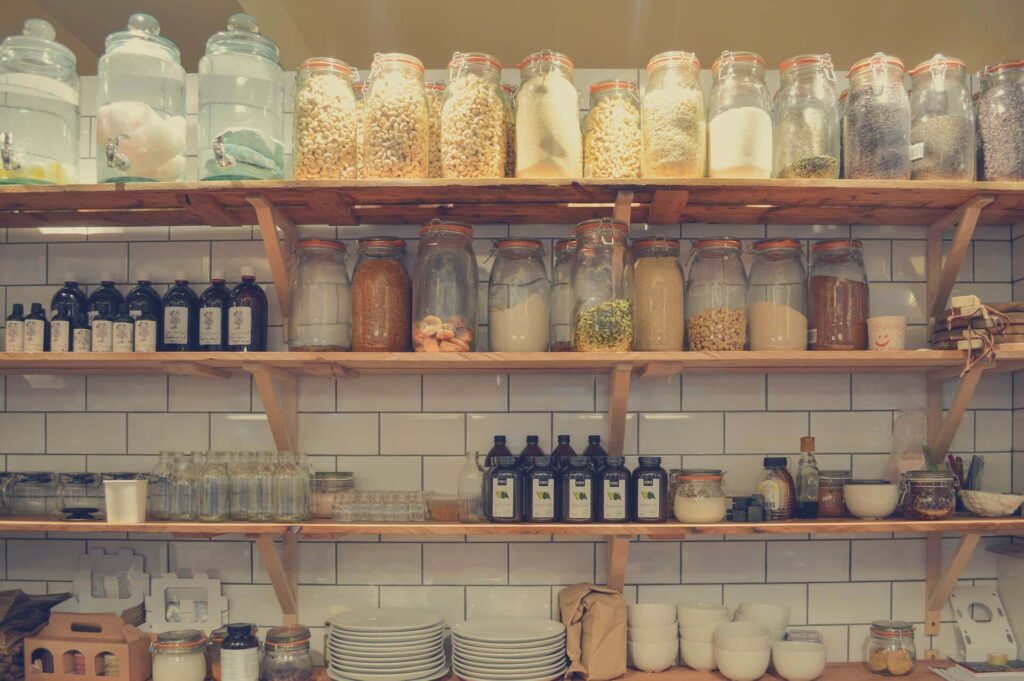
Zero Waste Food Storage essentially means to store food using reusable containers or food wraps, and removing your plastic use and trash output.
Storing food refers to the moment you are picking your grocery items from the supermarket, bringing it home and then storing it in your pantry or fridge.
Why All The fuss About Zero Waste Food Storage?
Here are some facts and figures that should concern you:
- 79% of plastic waste is sent to landfills, 9% is recycled and 12% is incinerated.
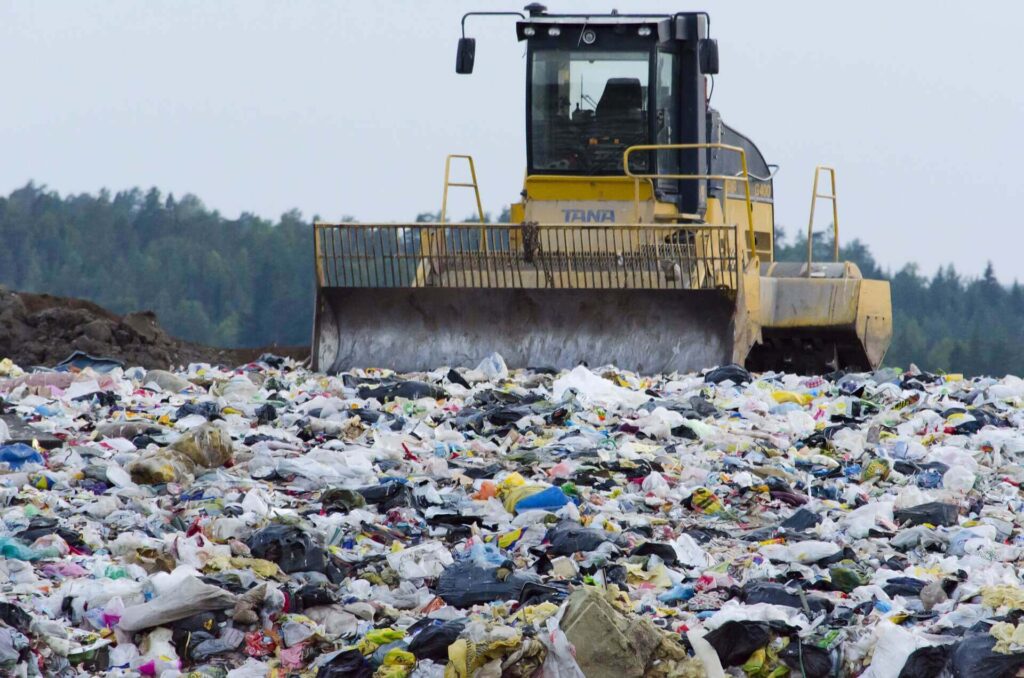
- 269,000 tonnes of plastic waste floats in the ocean. This roughly translates to about only 1% of plastic waste in the ocean. The remaining 99% sinks to the ocean floor, is consumed by marine life or becomes attached to corals or other sea creatures.
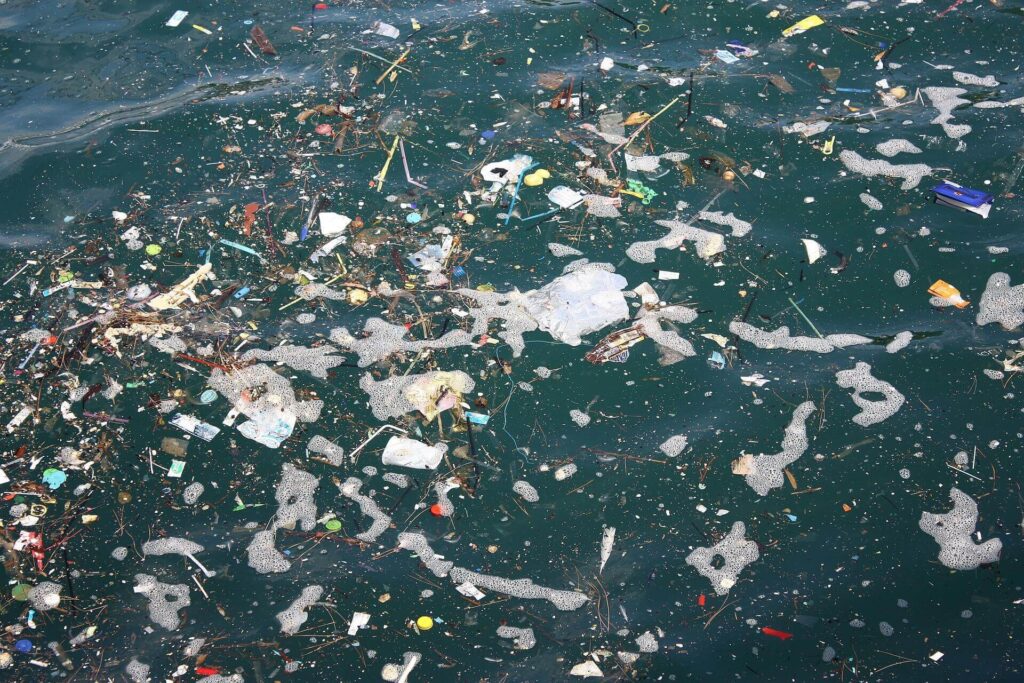
- The largest collection of floating trash is known as The Great Pacific Garbage Patch which is roughly about 1.6 million square kilometres and floats between Hawaii and California. It is estimated to be 3 times the size of France.
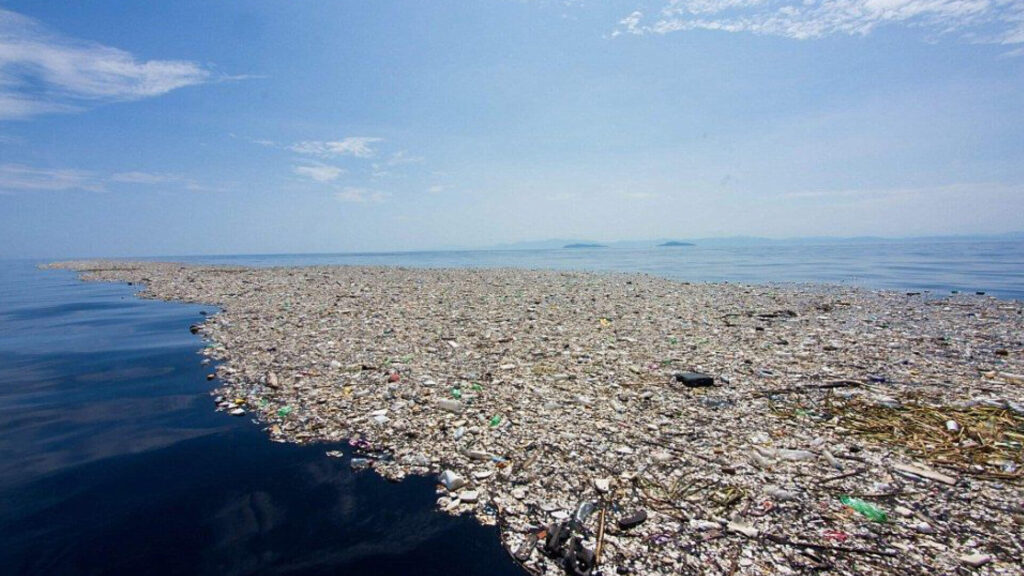
Let this sink in for a moment. Of all the plastic you are using, only an estimated 9% is recycled.
Just imagine the benefits of adopting a zero-waste food storage lifestyle for the planet.
Additionally, the food we store in plastic containers, whether it is single-use or reusable plastic Tupperware, slowly but eventually absorbs microplastic particles that enter our bodies.
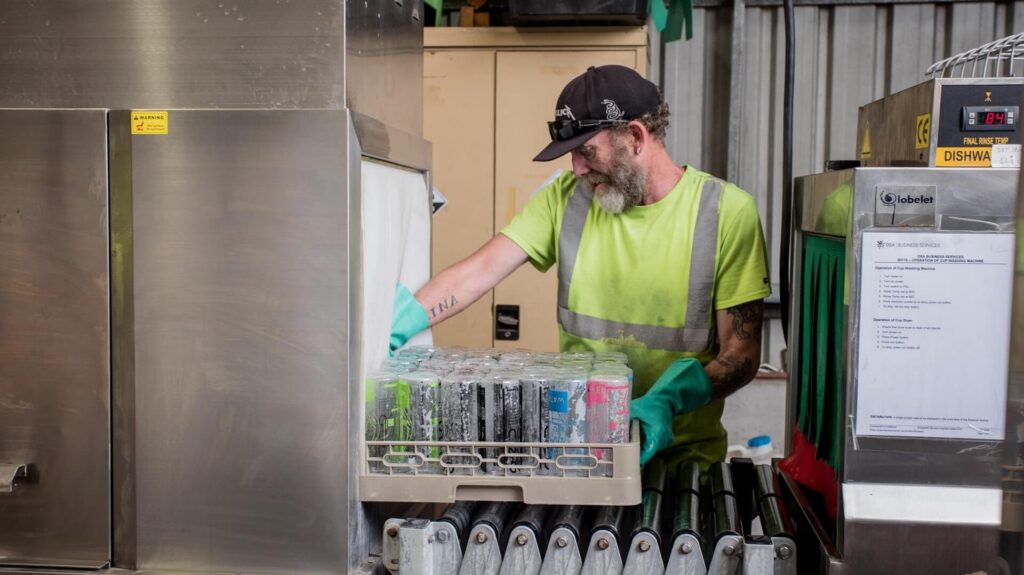
If you need more convincing, please analyse the two scenarios illustrated below.
Scenario 1 – Grocery Shopping with Single-Use Plastic:
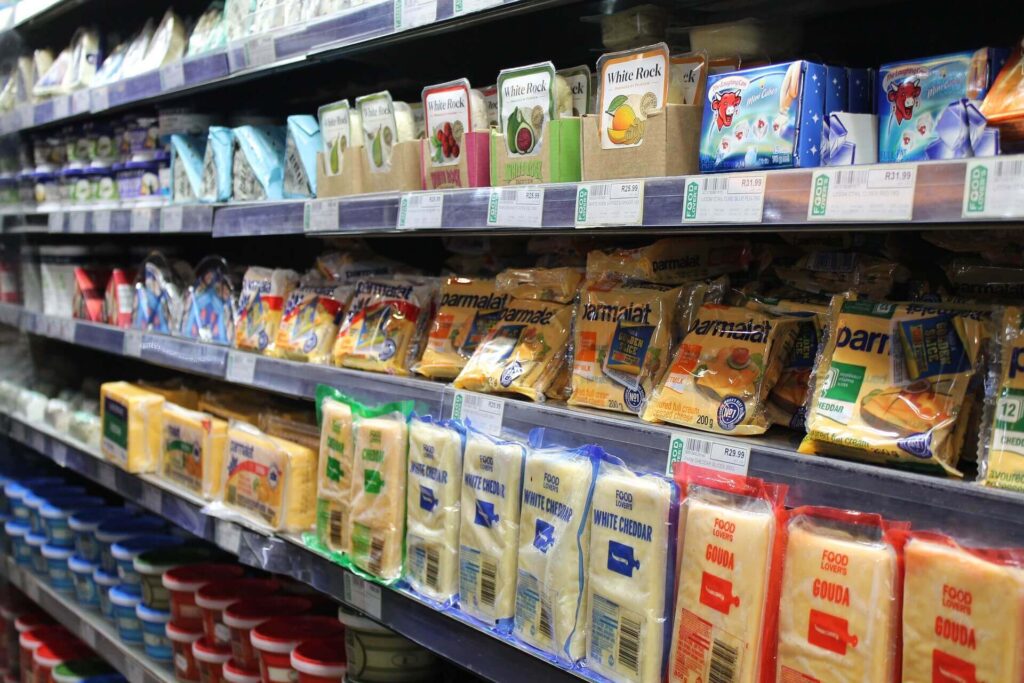
If you were taking the traditional route of grocery shopping, your items from the supermarket will look like this.
You will be bringing home bags of groceries that look like these and it goes straight into your fridge.
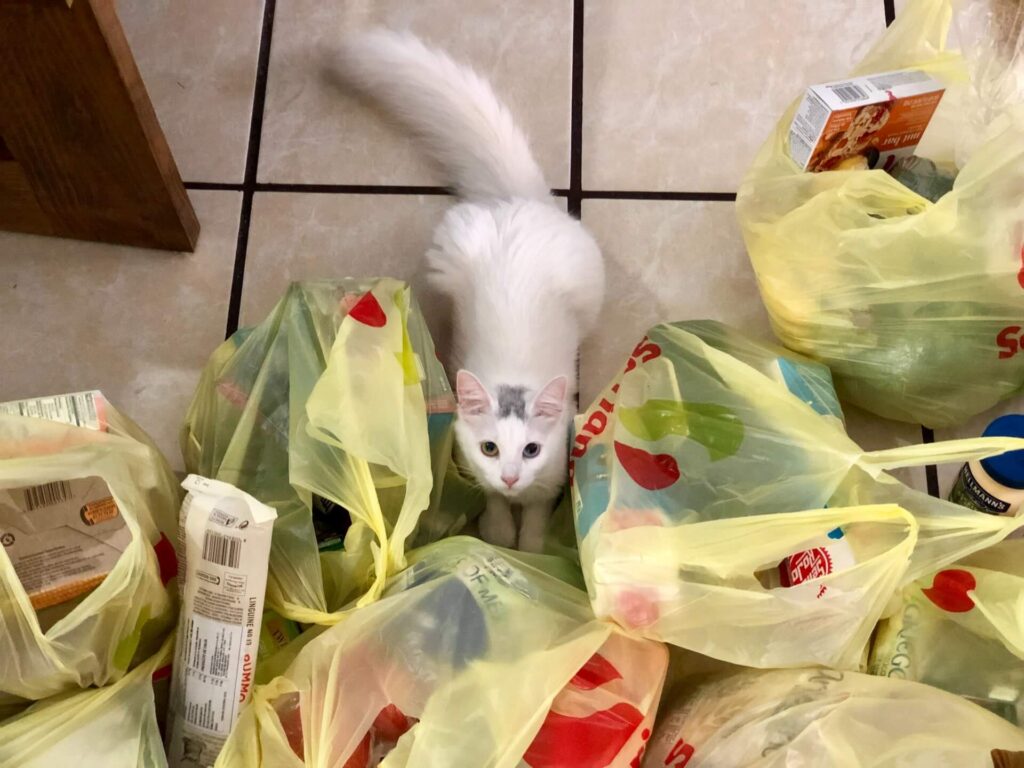
Once you have consumed it, the packaging looks like this and it will be disposed of.
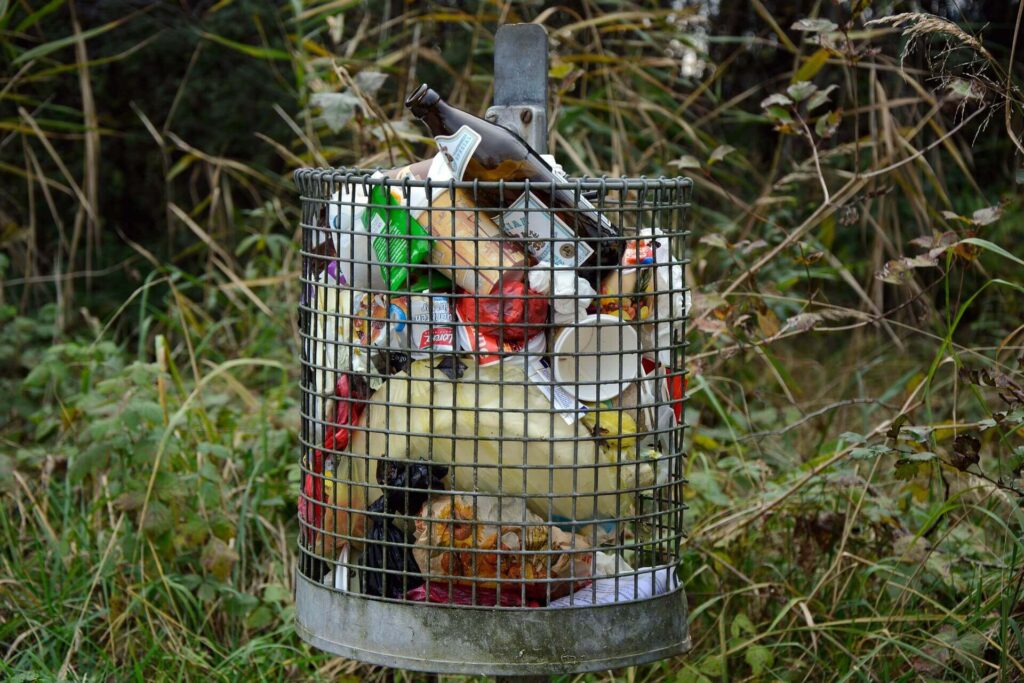
Remember, only an estimated 9% is recycled.
Scenario 2 – Grocery Shopping with Zero Waste Food Containers and Reusable Bags.
However, if you were to practise zero waste habits, your trip to the supermarket will look like scenario 2.
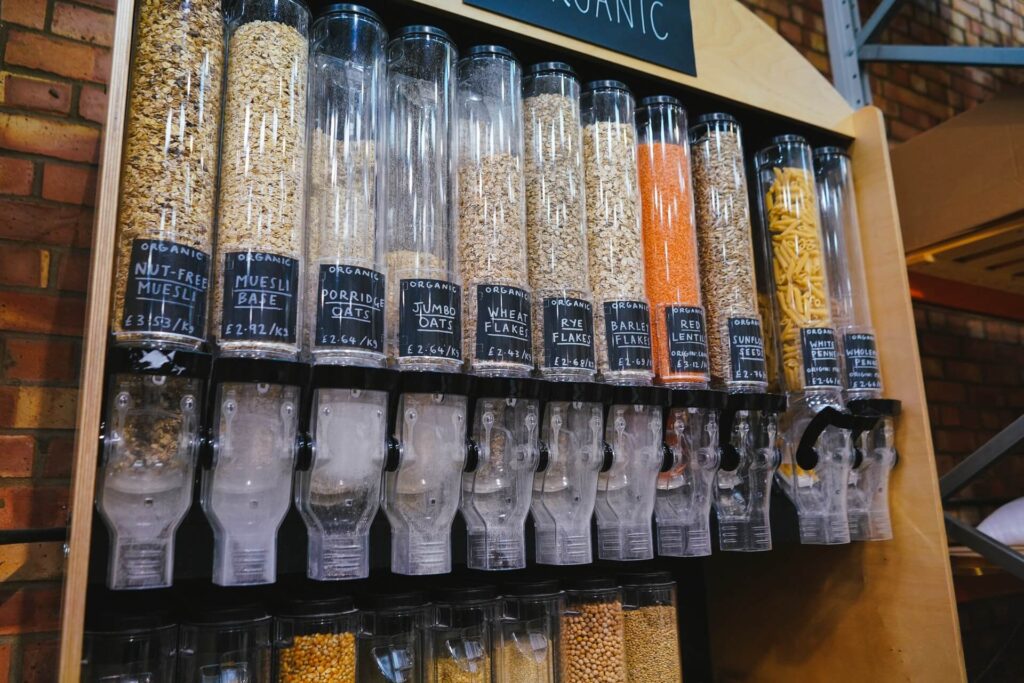
You will visit a zero-waste food store. That means you start saying hello to zero waste storage containers and bye-bye to single-use plastic bags and plastic containers.
You will only buy what you need and not have to rely on pre-packed food portions which may not be up to your desired quantity.
This leads to zero food waste.
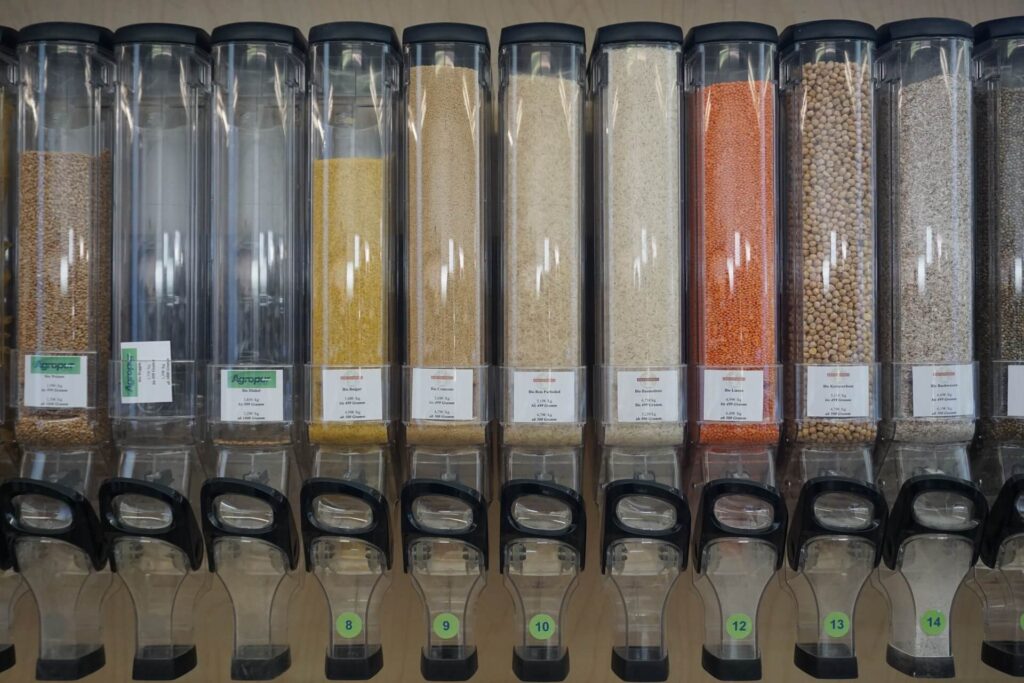
Even food items such as your breakfast cereal, oat, coffee beans and flour will come in bulk zero waste storage containers similar to the picture above.
All you need to do is bring your own zero waste storage containers such as the ones above and purchase what you need.
Finally, when it is time to check-out, you will be bringing them home using reusable, zero-waste grocery bags.
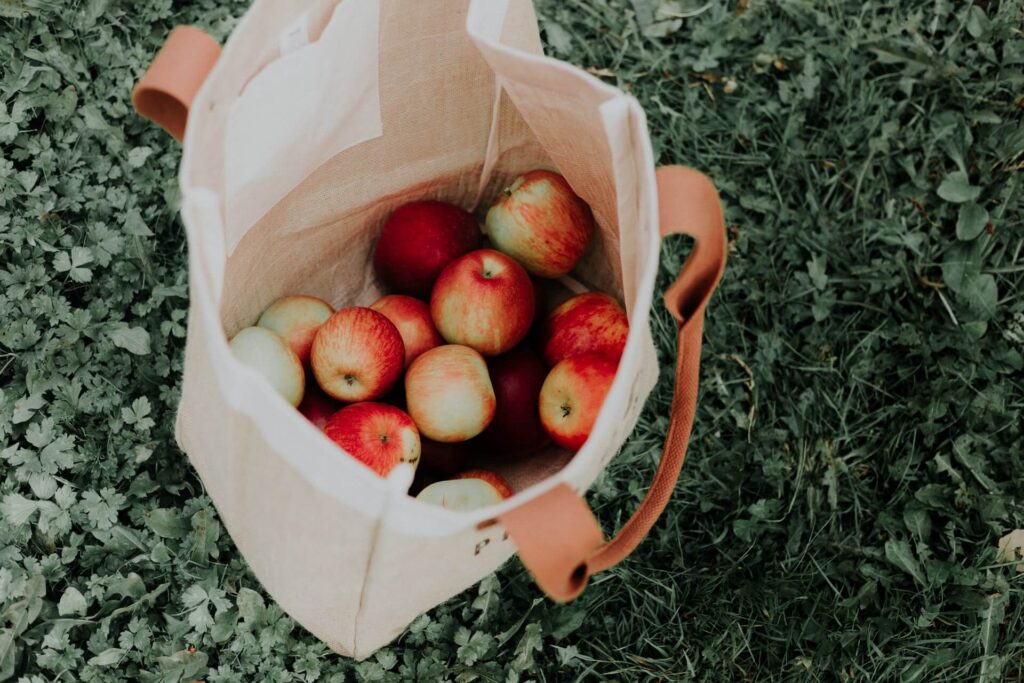
If you do a quick comparison between the two scenarios described above, the first one produces heaps of plastic waste that eventually ends up in our oceans or landfills.
The second scenario produces zero waste.
Which do you think sounds better?
Now, if you are contemplating the expenses you will have to fork out to purchase these reusable storage options, rest assured that you will find affordable and sustainable tips in this article.

As you continue to read, you will learn all the best types of zero waste food storage options and tips to create zero waste in the kitchen.
What Are The Best Types Of Zero Waste Food Storage Options?
Now that you understand the environmental impact of not committing to a zero-waste lifestyle, you will be provided with all the various zero-waste products you can use and how to find them.
Provided below are some Zero Waste Essentials for your Food.
1. Zero Waste Food Wrap – Beeswax Food Wraps from Saffron & Serai
The most common food wrap used is plastic cling wrap. It is cheap, easy to find, but single-use and non-recyclable.
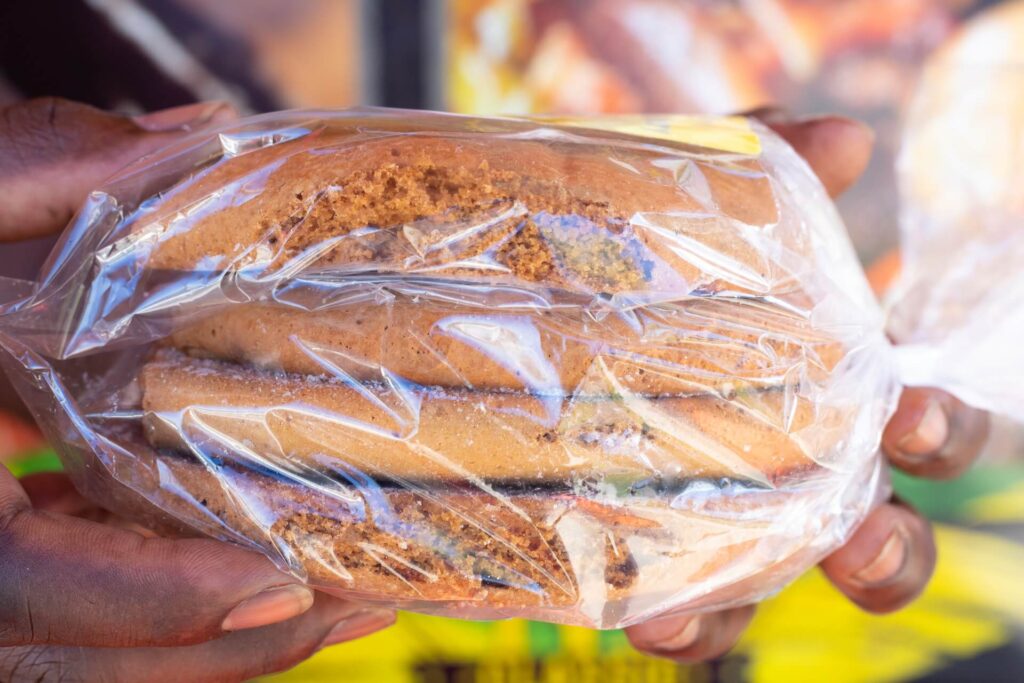
It quite often wraps around your fingers or tears while you are attempting to wrap your food.
Hence, zero-waste food wraps to the rescue.
Zero waste food wraps are easier to use because they do not tear easily, are reusable and contain properties that keep your food fresh longer.
Our Beeswax Food Wraps are an environmentally-friendly and sustainable alternative to using cling wrap. It is reusable and compostable.
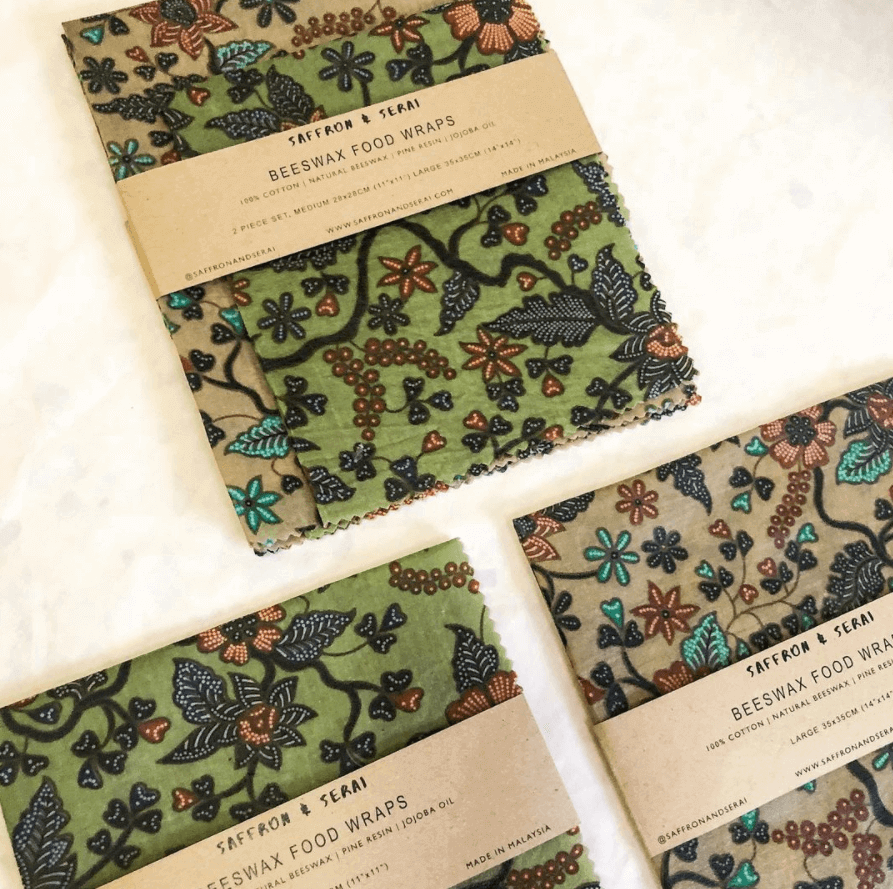
This means that it can break down and be safely absorbed back into the environment.
The Beeswax and Jojoba Oil in our Beeswax Food Wraps have antibacterial properties that keep your food fresh for longer periods.
Fabrics used in our products are either deadstock or upcycled, being saved from the landfill, and any leftover cotton is repurposed to try to produce as little waste as possible.
Does this sound like a zero-waste food storage option?
You bet it does. Get yours here now.
2. Reusable Silicone Food Storage Lids

If you prefer silicone, you can opt for this BPA-free reusable silicone food storage lid. It is safe for use in the dishwasher, microwave and oven.
BPA (bisphenol-A) is a harmful industrial chemical used in many consumer and storage products that can seep into our food and beverages.
It is fully reusable with zero plastic content. It does not tear and is leak-proof.
3. Glass Jars
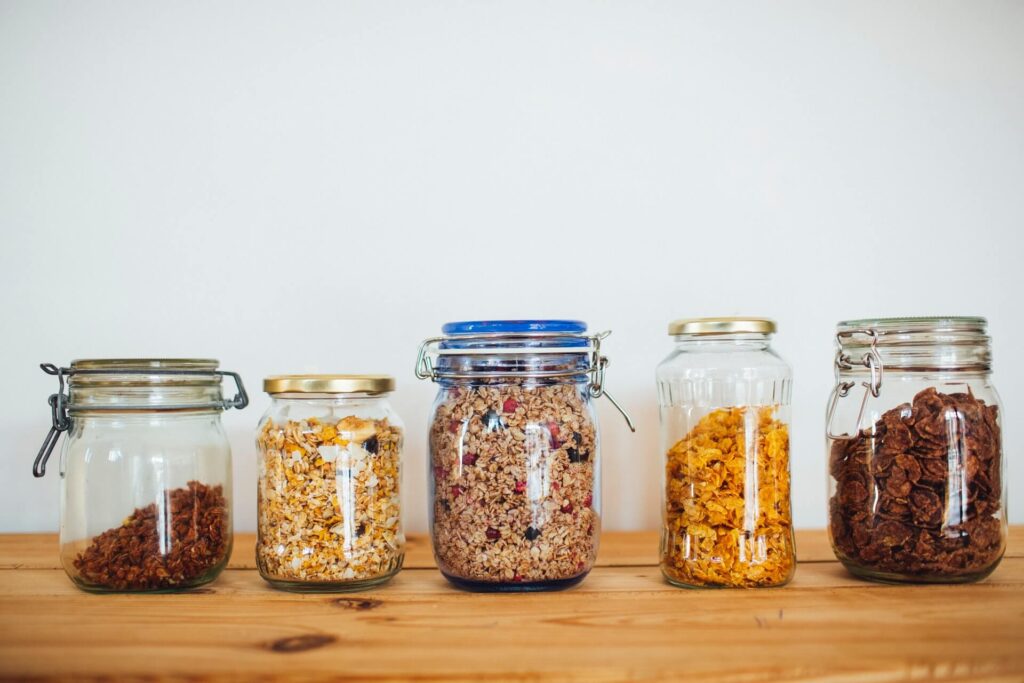
Glass Jars are such easy to use zero-waste storage containers.
It comes in every size imaginable. You can find them in your house from leftover pasta jars, sauce bottles and more.
Instead of recycling your old glass jars, give it a good wash, remove the label and reuse it to store your food.
Most glass jars are safe for use in the microwave and oven, which means it is extremely durable.
However, if you still fancy having your pantry and fridge stacked with matching-sized glass jars, you can opt for an affordable pack of 12 x 1-pint Glass Mason Jars.

4. Zero Waste Reusable Sandwich Bags
You can even use a reusable toaster bag that can be washed up to 100 times. It is an easy alternative to plastic plates or small plastic food packets.

It is convenient as you can pack it easily for travel and use it in hotels or BBQ grills, especially when you are concerned about the hygiene of the appliances you are given.
If you prefer silicone sandwich bags that are leak-proof and can be sealed, you may try getting this.

The beauty of these reusable silicone sandwich bags is that you can freeze your food in this, it is easy to wash and is made of food-grade PEVA material which makes it perfectly safe for our bodies and the environment.
PEVA (polyethylene vinyl acetate) is a non-chlorinated vinyl and is commonly used as a substitute for PVC (polyvinyl chloride) – which is a type of chlorinated vinyl and a more harmful chemical.
5. Reusable Zero Waste Lunch Boxes
If you prefer to bring your meals to work or school, you can opt for this reusable zero waste lunch box.

It is a 3-tier box that is perfect for salads, sandwiches, snacks and more. It even comes with a bag that can keep your food warm for up to 2 hours.
6. Reusable Zero Waste Grocery Bags
Say no to single-use plastic bags that end up in landfills or the oceans by purchasing these reusable zero-waste grocery bags.

It is light, easy to wash and has a mesh material which helps you see what you have inside.
It is a multi-purpose storage bag which allows you to pack toys, laundry and more.
7. Reusable Zero Waste Straws
Did you know that in the US alone, an estimated 500 million plastic straws are used daily?
Plastic straws are used for a maximum of 30 minutes, and then it heads to our landfills or oceans where it is subsequently ingested by sea creatures.
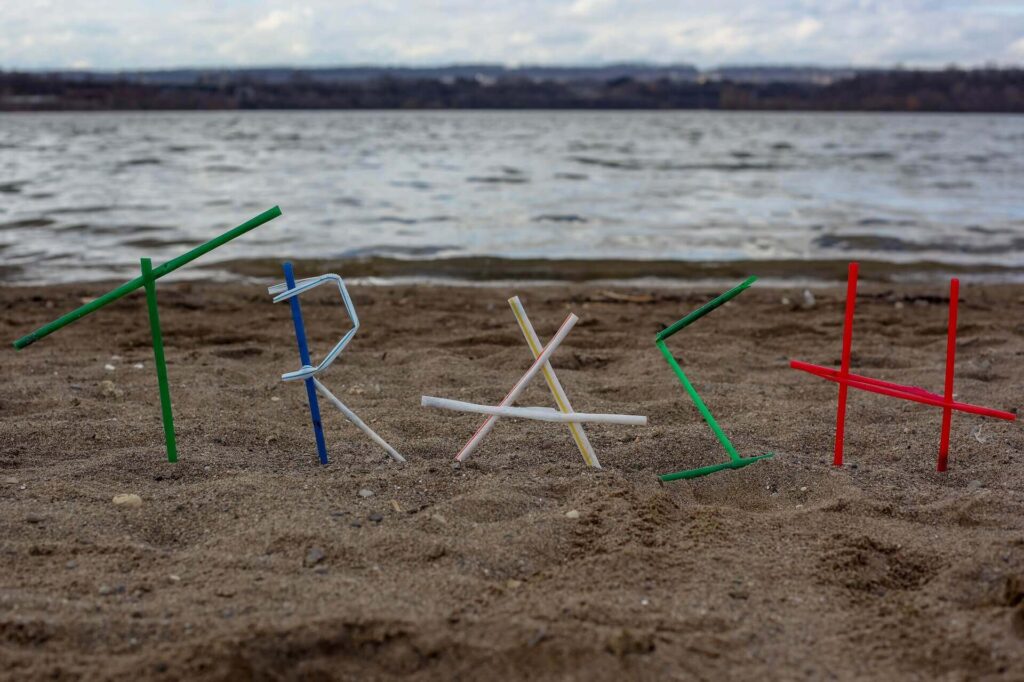
Have you seen videos of straws being pulled out of turtles to save them? It is quite gruesome. If you need another reason to stop using plastic straws, let it be this one.
Why not invest in an affordable and sustainable stainless steel set of 12 straws that comes with a case, cleaning brush and in two sizes to boot?

8. Reusable Zero Waste Coffee Tumbler
Did you know that half a trillion disposable single-use coffee cups are made every year?
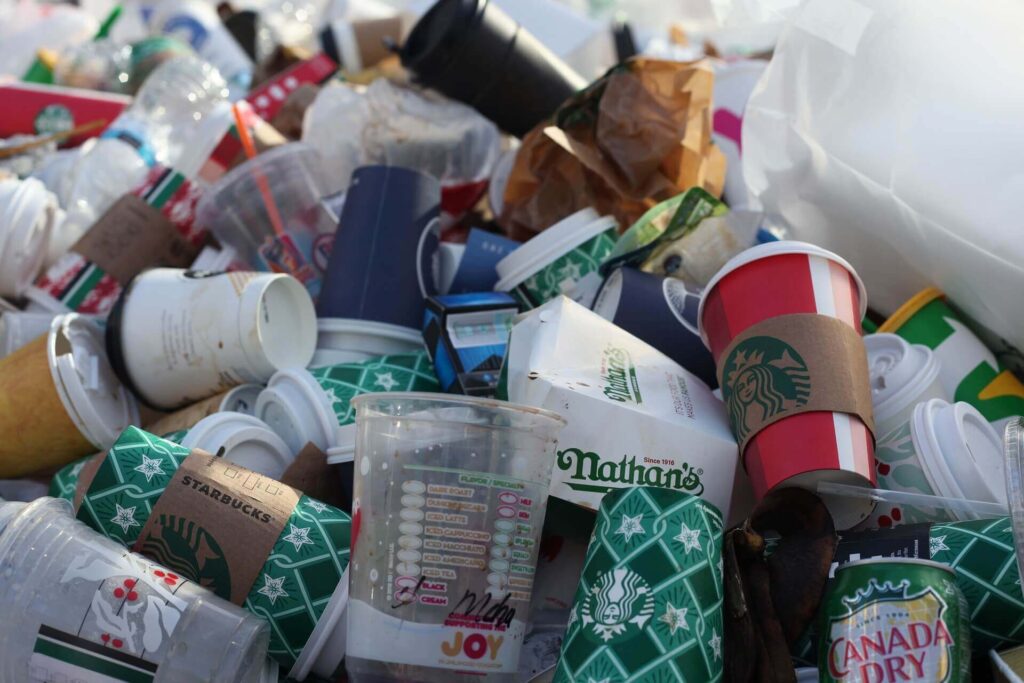
This roughly translates to over 70 disposable cups for every person on the planet. It is used for about the same time as single-use plastic straws – 30 minutes max.
Time to look cool with reusable coffee tumblers and say no to plastic and paper coffee cups.


9. Reusable Zero Waste Water Bottle

Did you know that 90% of the cost of the plastic water bottle that you buy is for the plastic bottle itself? The cost of water is only 10%.
Why are you paying 90% for something that you will be disposing of within that day? You are practically throwing money away.
Try living sustainably which leads to long-term cost savings for you and invest in a reusable zero wastewater bottle now. The beauty of this purchase is that it comes in a pack of 6 bottles which you can use for different beverages.

Bonus: Zero Waste Toothbrushes
Did you know that a billion toothbrushes are thrown away yearly in the United States alone? If we use disposable plastic toothbrushes, we are likely to change them every 1 to 3 months, just imagine how much that adds up to when a whole nation uses plastic toothbrushes.
It is possible to adopt simple environmentally sustainable habits by using these bamboo toothbrushes that are gentle on the gums, biodegradable and affordable.
These sustainable and biodegradable toothbrushes are made from sustainably grown bamboo, and use teeth whitening charcoal infused bio-nylon bristles which are 100% recyclable!

Bonus: Biodegradable Natural Kitchen Sponge

You might not realise how unsustainable normal sponges are, they’re predominantly made from plastic and are a breeding ground for bacteria and bad odors. Now imagine wiping down your plates and cutlery with that! Gross!
How about replacing those nasty sponges with these biodegradable plant-based scrubber pads! They’re made from natural coconut fibre and wood cellulose, are durable and long-lasting and are 100% biodegradable including the packaging.
Bonus: Refillable and Biodegradable Dental Floss

Another zero waste option you need to consider is your dental floss, and even better when it’s refillable and 100% natural.
The traditional plastic dental floss is so tiny, that when it ends up in the oceans, sea creatures readily consume it by mistaking it for food.
Dental floss is also harmful to your bodies as you are directly ingesting chemicals such as BPA and Lead while using plastic dental floss.
Luckily for us, there is a biodegradable option for dental floss which contains compostable materials. Do give it a try.
Where Can You Find Zero Waste Food Online?
Now that you know all the various zero waste storage containers and zero waste essentials, it is time to reduce your carbon footprint further by knowing where you can shop for zero waste food online.
1. Azure Standard
Azure Standard delivers quality and affordable goods within the USA.
2. Zero Waste Bulk Foods
Zero Waste Bulk Foods delivers quality and affordable groceries in the UK without any plastic containers.
3. The Source Bulk Foods
The Source Bulk Foods is Australia’s largest specialised bulk food retailer and also has franchises in New Zealand, UK, Ireland and Singapore.
Zero Waste School Supplies
Have you wondered about how children can practise eco-friendly habits in school? Fret not, you can also find options for zero waste school supplies here:
1. Eco-Friendly Plantable Pencils

This eco-friendly plantable pencils are 100% eco-friendly, non-toxic, biodegradable and made from sustainably sourced materials, utilizing sustainable production techniques.
Each pencil is plantable and contains a seed-capsule, varying from herbs, flowers or vegetables.
There is even a mindful message on each pencil to inspire you for the day and put a smile on your face.
2. Eco-Friendly Pencil Highlighters

This eco-friendly pencil highlighters set is plastic-free unlike the standard plastic highlighters which are so hard to recycle.
Made from wood grown in sustainable wood forests, and are biodegradable as they have a natural finish containing no solvents or volatile organic compounds.
These highlighters are long-lasting, won’t bleed through the pages or dry out!
3. Plastic-Free Eco Pens

This plastic-free eco pens are sustainable made from kraft paper and steel.
These pens are 100% recyclable and compostable! Each pen is made from kraft paper and can also be customised and personalised with your own decoration and labels.
4. Zero Waste Monthly and Weekly Planner

This zero waste monthly and weekly planner helps you on your journey to a zero waste lifestyle. This undated planner contains a 12 months calendar and 52 weeks planner with tips on you you can live a sustainable lifestyle. What better way to get started!
How Can You Create Zero Waste In The Kitchen?
1. No More Plastic Or Disposable Items
Replace the disposable and single-use items in your kitchen with the reusable zero waste options that were shared above. Not only will you get get more usage per item as they are more long-lasting, you also save money overtime when you consider the price per use! Now who doesn’t love a money saving sustainable alternative!
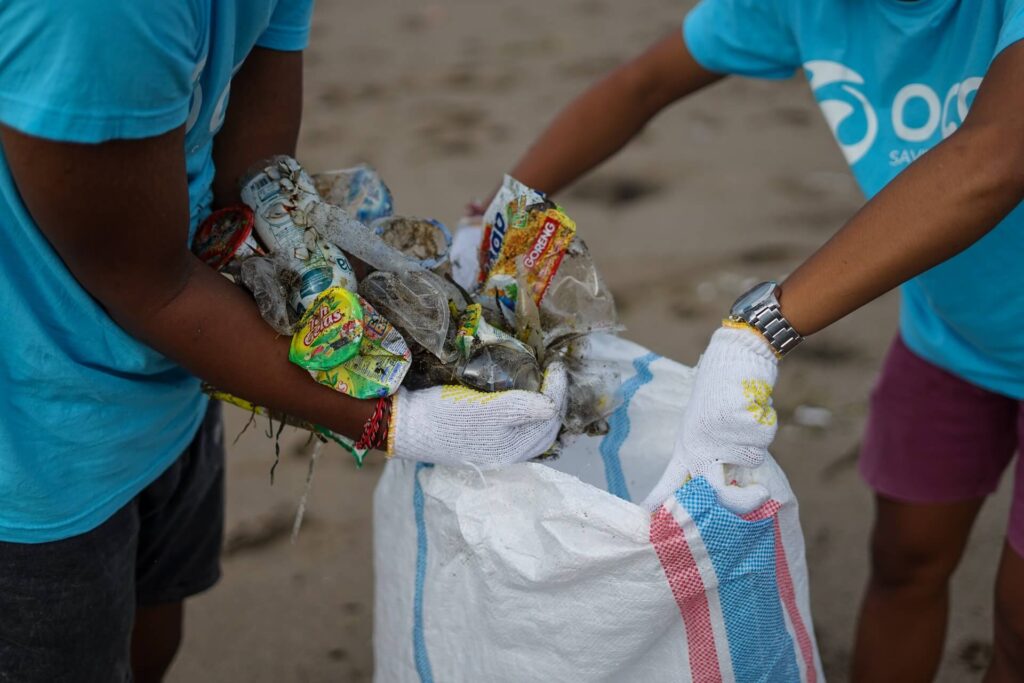
2. Recycle As A Last Resort
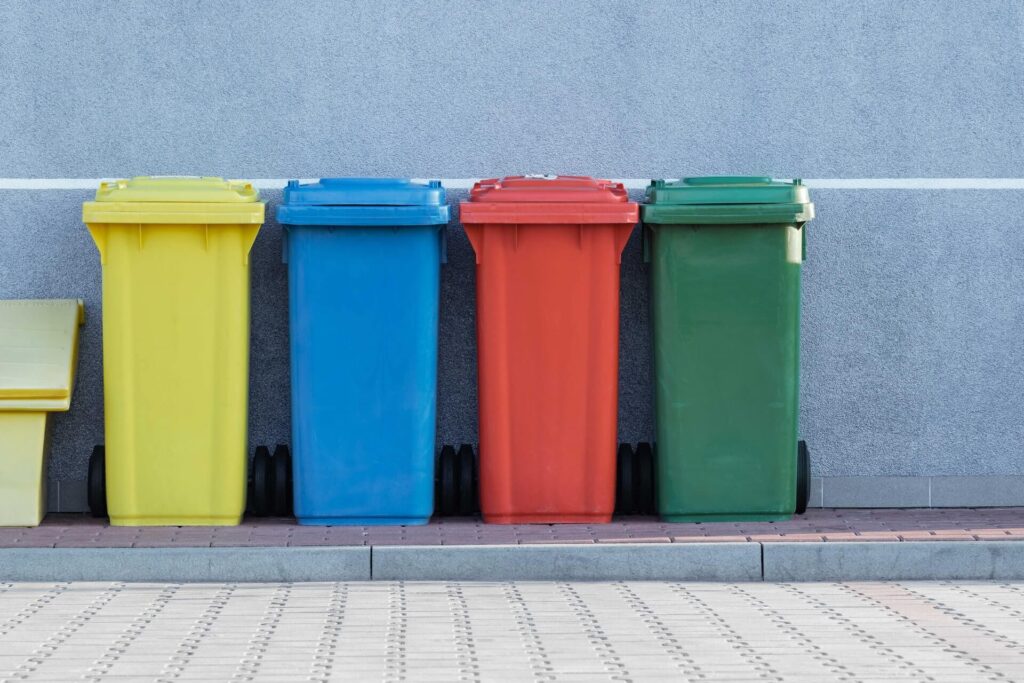
You may not have realised that recycling plastic still leads to a certain amount of waste and also takes up a huge amount of energy!
And unfortunately not all plastic can be recycled or repurposed.
There is still some plastic that ends up in the landfills. Hence why point 1 is so important! Avoid plastic and use other zero-waste storage materials.
3. Plan Your Shopping Trip
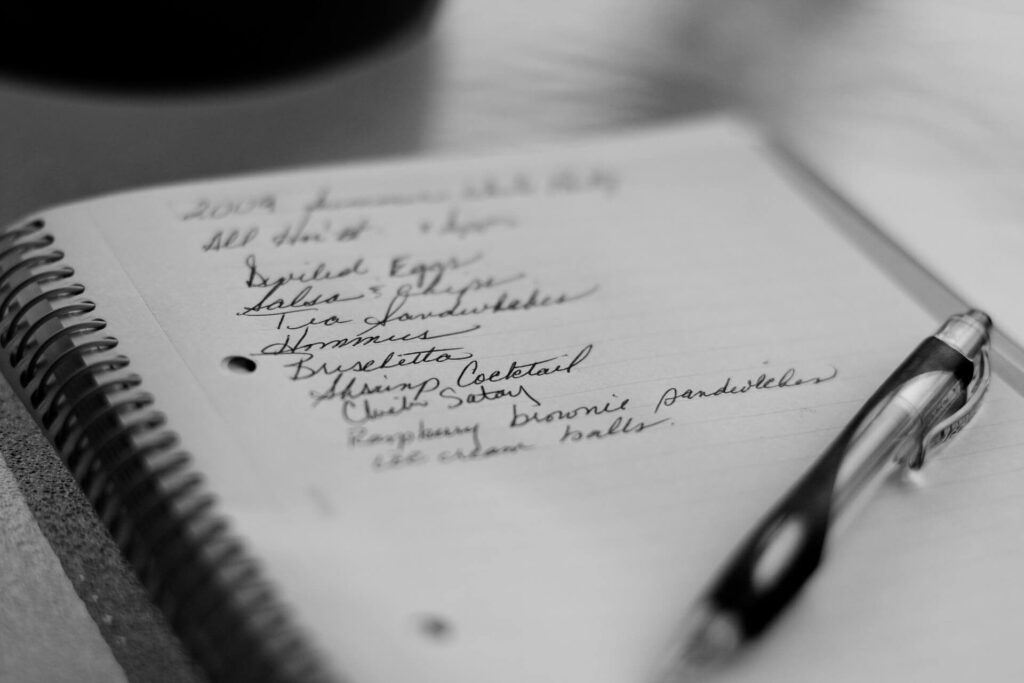
You may not realise it or maybe you do! Going into a grocery store without a grocery list is a recipe for disaster!
You end up leaving with more than you bargained for, spending over budget and sometimes not even buying what you came in for!.
Supermarket aisles are so beautifully arranged and it is designed to keep you there longer to buy what you do not need.
The easiest way to avoid this is by meal planning, when you know what you are planning to make in the week then you know the ingredients you need to buy! A simple weekly meal planner with a grocery list specifically for those meals will help you stay on track.

Practise the self-discipline to follow your shopping list and you will only buy and consume what you need. Another way is to categorize your grocery list by item, this way whichever aisle you are in you know exactly what you need and can tick them off as you go along! No more unexpected add-ons or impulse buys!

4. Consume Leftovers Or Repurpose Them
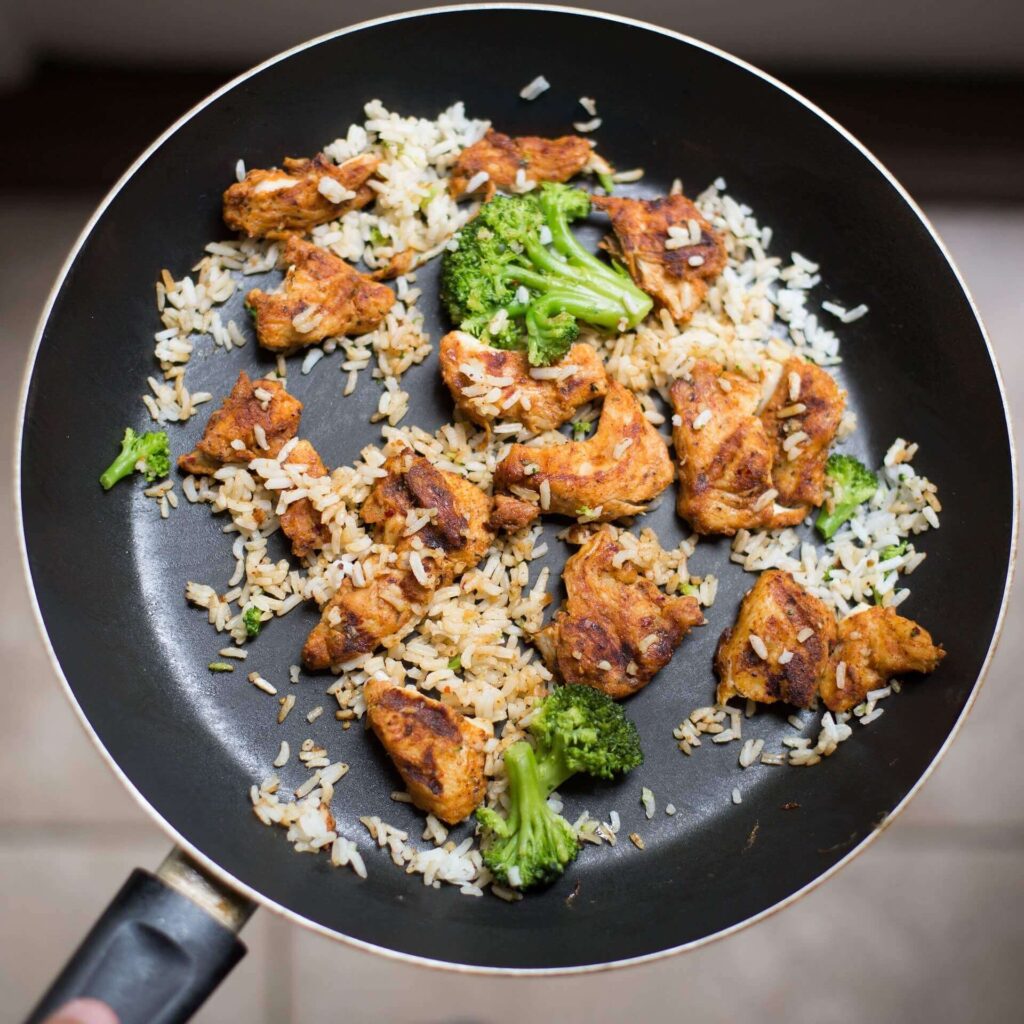
You may have cooked extra meat for lasagna but don’t have enough lasagna strips to stack all your meat.
You can pack it up and use it another day for a spaghetti meal.
Similarly, rice that you can’t finish can be refrigerated and cooked into fried rice a few days later by simply stir-frying it with some vegetables and spices.
5. Utilize Your Food Scraps Before Composting
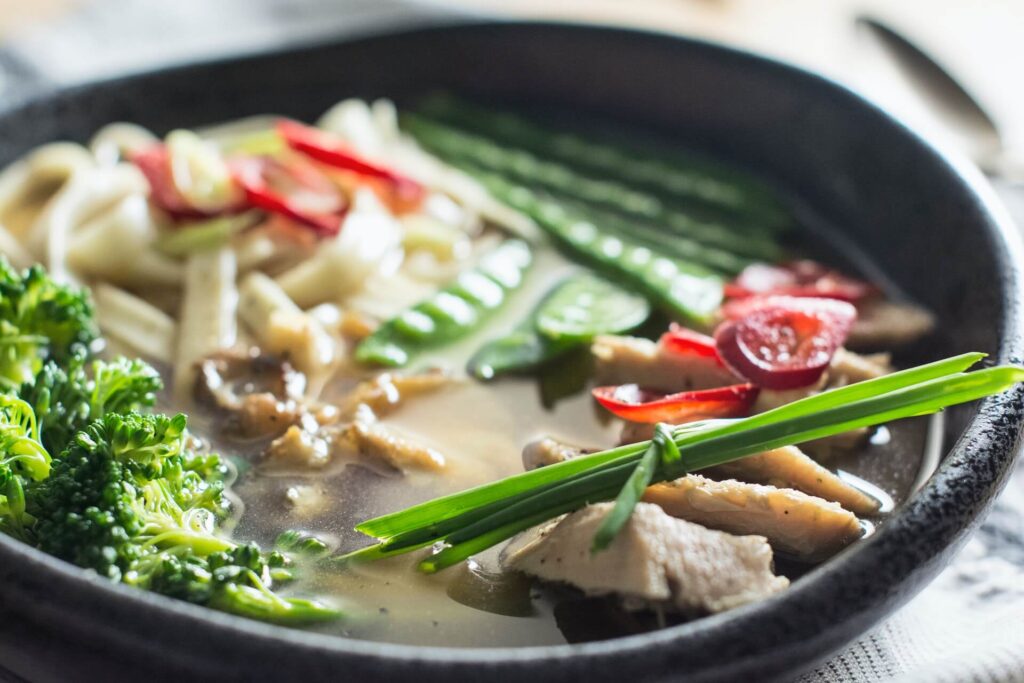
It is so easy to throw your vegetable scraps into your composting pile.
Before doing that though, you can slowly freeze them until you have a sufficient quantity and then boil it to make a delicious nutritious vegetable broth.
There are no hard and fast rules about what vegetables to use. You can use anything as long as it is not spoilt or burnt. Be creative and have fun in the process.
After making your broth, be sure to freeze it in ice cube trays and then store it in zero waste food storage bags such as silicone bags so you can use it as and when you like.
6. Take Note Of Your Composting Pile
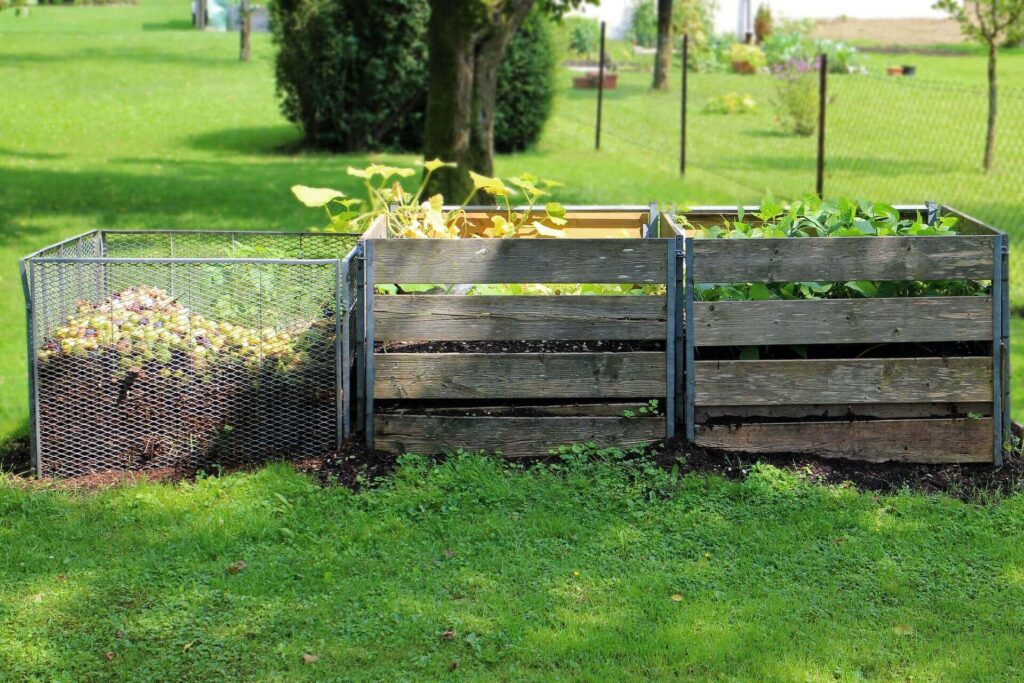
Now that you have made full use of your vegetable scraps, you can place it in your composting pile. A simple indoor composting bin on your kitchen countertop will make it so easy to get into the habit of composting all your kitchen scraps to turn into amazingly nutritious plant food.

For your outdoor compost you can use other ingredients such as:
- Grass clippings
- Hair
- Fur
- Shredded Newspaper
- Cotton
- House plants/leaves that have fallen/died
- Tea Bags
- Eggshells
- Fireplace Ashes
There you go friends.
You have learnt about the various zero waste food storage options, why it is necessary, the environmental impact of not adopting these sustainability habits and tips to create zero food waste in your kitchen.
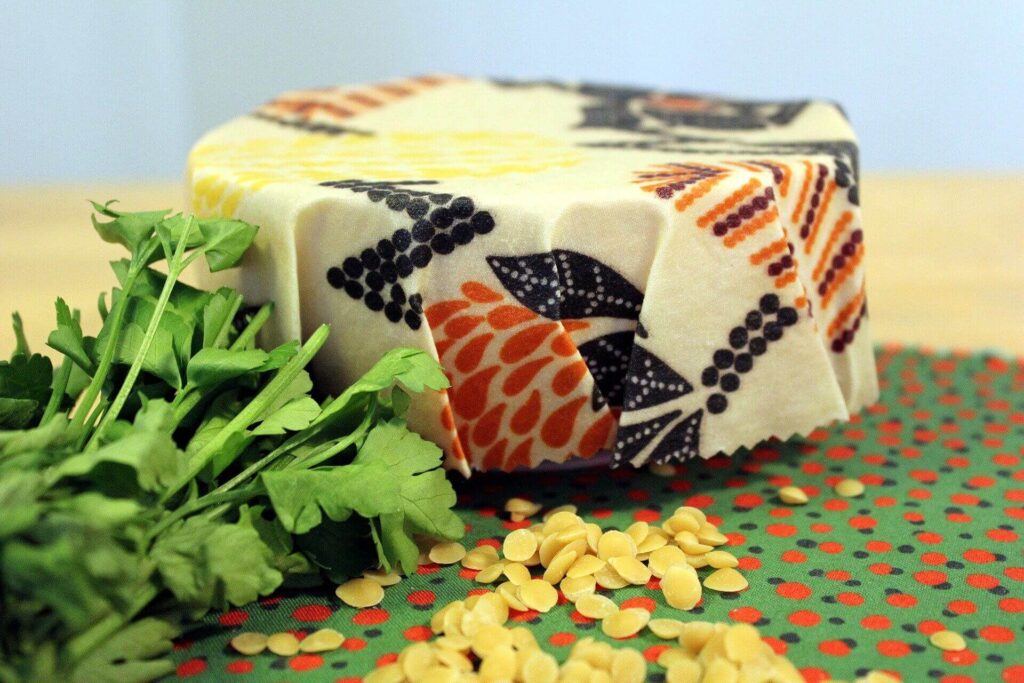
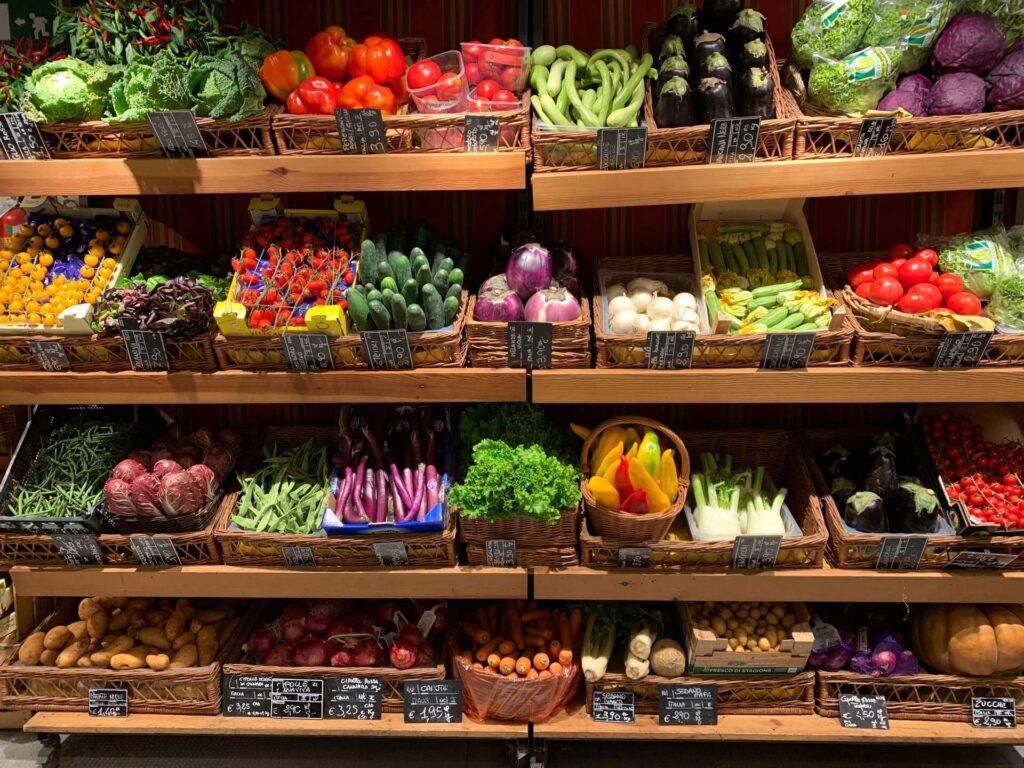
If you are feeling overwhelmed, it is perfectly normal.
You can start by creating a plan with a clear list of items you wish to tackle and the timelines for each action item.
Please remember that adopting zero waste habits is meant to last the journey, hence do consider making these changes to your habits bit by bit.
For those of you that would love to learn more about a zero waste lifestyle here’s some reading material for you to enjoy!







Start with small changes to slowly appreciate the impact of your actions.
Good luck to you and find joy in knowing you are starting your journey of living a sustainable life!
